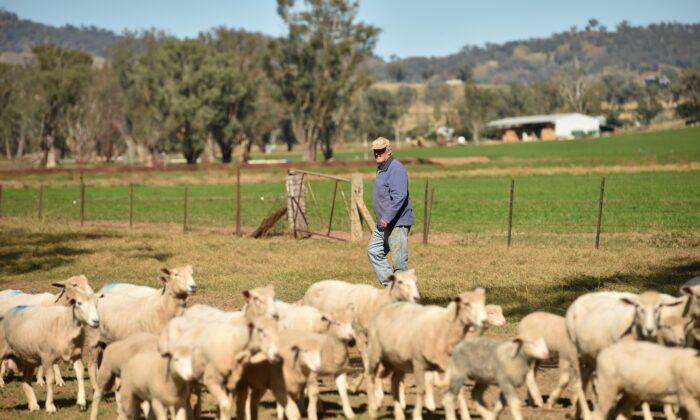Farmers recovering from drought are expected to edge Australia’s agriculture production higher amid the coronavirus-induced global recession.
Higher rainfall is predicted to push total production to $61 billion in 2020/21 driven by a strong rebound in grain production, which is forecast to rise 15 percent.
The latest Australian Bureau of Agricultural and Resource Economics and Sciences outlook also predicts price falls for most major commodities.
Despite a resurgence in production, farm production is forecast to increase by just one percent because of lower prices.
Livestock production is forecast to fall 10 percent to just above $30 billion, ending a run of strong growth.
Export values are expected to fall by $2.7 billion to $44.4 billion in 2020/21 as meat exports fall and domestic grain stocks are rebuilt.
Meat and live animal exports are forecast to drop by $3.5 billion.
“With graziers looking to rebuild herds and flocks, slaughter numbers - and therefore exports - are forecast to fall,” ABARES acting executive director Peter Gooday said on June 16.
“Replenishing our herds, flocks and grain stocks sets us up well for the long term.”
Gooday said Australia’s resilience and adaptability should position the sector well during the pandemic recovery.
“With a few notable exceptions, Australian agriculture has not been severely impacted by COVID-19 and has shown that it can adapt in most cases,” he said.
“Exporters of high-value seafood, wine and meat products did face significant impacts, but have also demonstrated adaptation by expanding online sales and marketing directly to households.”
He said there was uncertainty in agricultural markets but demand for Australian exports of food staples remained steady.
An improvement in rainfall across much of eastern Australia during early 2020 saw competition return to saleyards and meat prices rise.
ABARES also recorded strong meat export demand, which rose because of African swine fever decimating pig herds across Asia.





